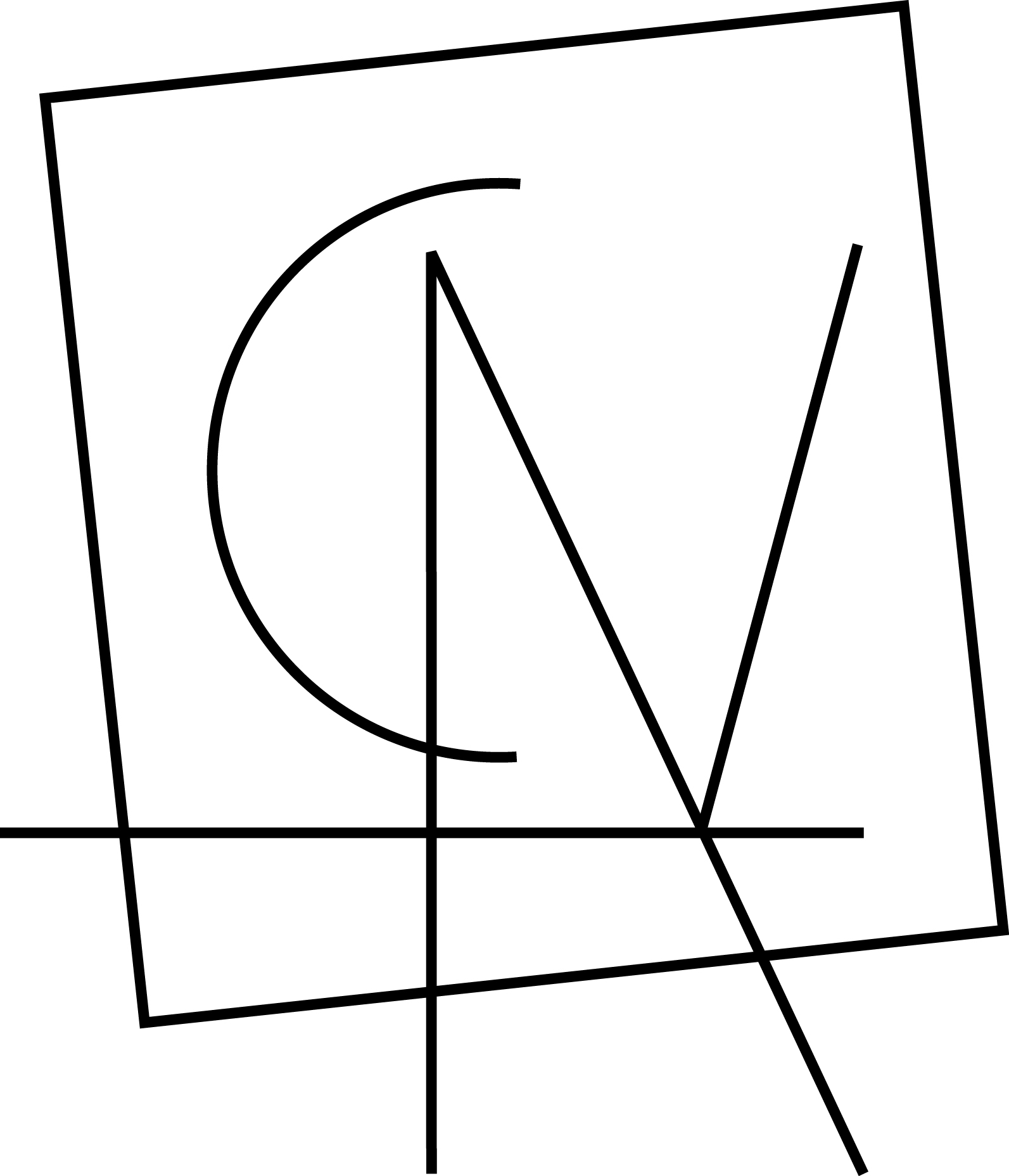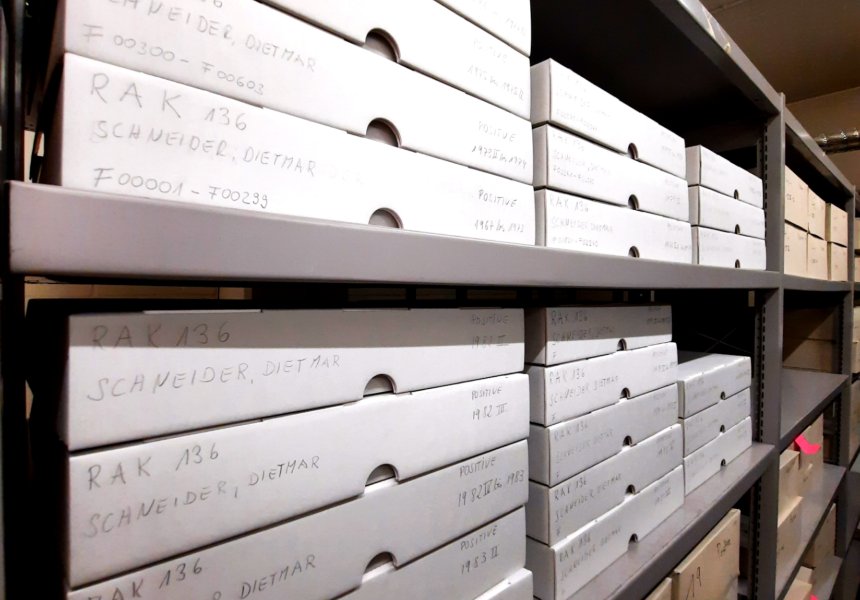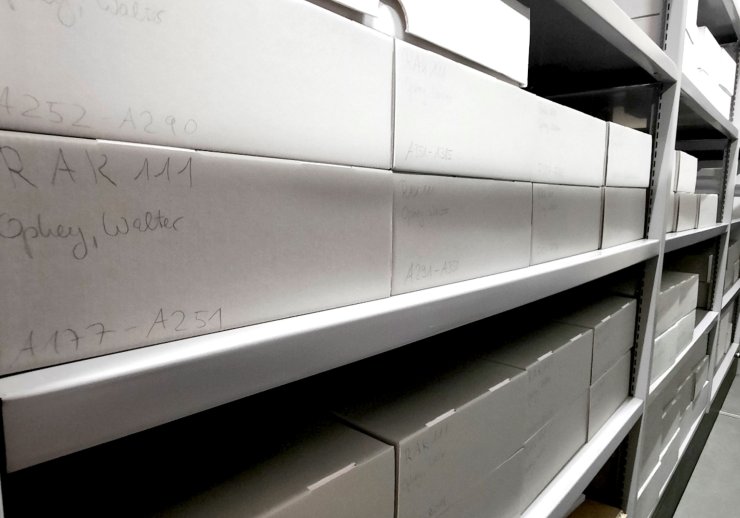Rhenish Archive for Artists' Legacies
The Rhenish Archive for Artists’ Legacies (RAK) is a foundation under civil law for the conservation of the cultural heritage of the visual arts.
The archive collects documents from the living and posthumous estates of visual artists, photographers, architects, art historians and art collectors.
The documents in the archive are
- indexed
- researched at university level
- made available on loan to museums on request for exhibition purposes.
The value of the estate documents under the care of the foundation is demonstrated in in-house exhibitions and made known to the national public via the archive’s own publication series ‘annoRAK – reports from the RAK'.
Rhenish Archive for Artists' Legacies
Opening Times & Contact
Your Contact
Oppelner Straße 130
53119 Bonn
Germany
The archive is closed on weekends and public holidays.
The archive can only be visited after making a pre-registration.
Ordering our documents via the Archive NRW website is no substitute for contacting us and scheduling an appointment with one of our employees.
As a proactive collection archive, the RAK Nordrhein-Westfalen operates far and wide with a special focus on the Rhenish art scene.
One focus of the collection within the first half of the 20th century is on members of artist groups and circles that are of historical interest in an evolutionary context.
Modern art collectives included, for example, the ‘Sonderbund’, the ‘Künstlergruppe Niederrhein’, the ‘Kölner Progressive’, ‘Das Junge Rheinland’ group and its successor organisations ‘Rheingruppe’ and ‘Rheinische Sezession’, the so-called ‘Mutter Ey-Kreis’ as well as the ‘Wupperkreis’. After 1945, there was the ‘Rheinische Künstler-Gemeinschaft Köln’, the ‘Neue Rheinische Sezession’, ‘Der Junge Westen’, the ‘Westdeutsche Künstlerbund’ or ‘Gruppe 53’.
With the regained artistic freedom after Second World War, the Rhineland became the nucleus of modernism in the Federal Republic. Cologne and Düsseldorf, in particular, became centres of art education and the art trade, paving the way for an art scene with international appeal against the backdrop of the emerging industry of the Rhine/Ruhr region.
Research materials are, among other things, divided into
- written documents like letters, diaries or official files, civil status records
- photographs
- printed materials and media
- artistic works like sketchbooks, sketches or models
- working paraphernalia like palettes, brushes or printing blocks
You can find an overview of our materials here.
- Copy URL
- Facebook share


